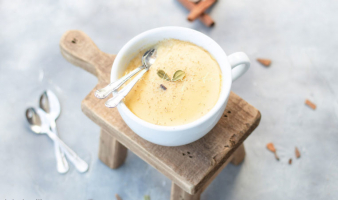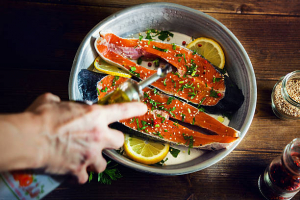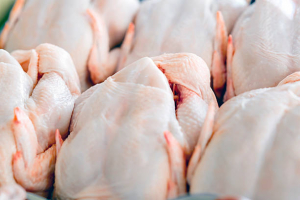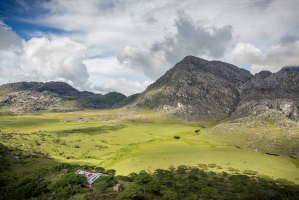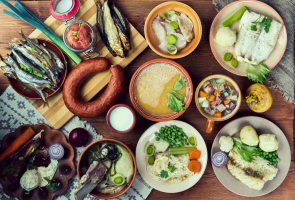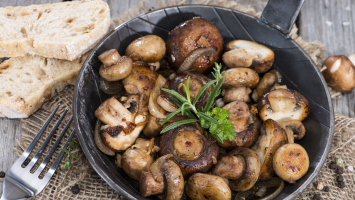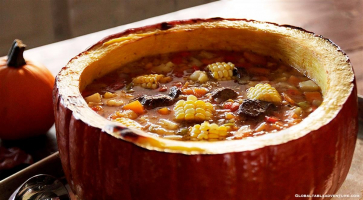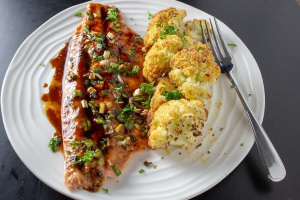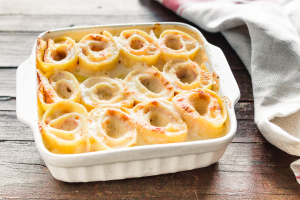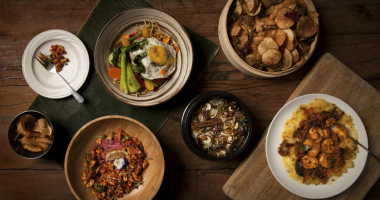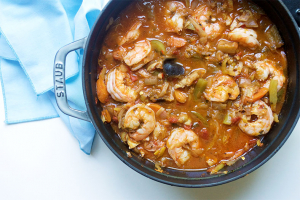Top 10 Easy-to-cook Foods in Zimbabwe
When you think of Zimbabwe, its distinct cuisine is the first thing that comes to mind. These dishes are so well-loved that they even travel outside the ... read more...country’s border. Therefore, even if you are likely to never set foot in here, it is still possible to have a taste of their foods. Let Toplist introduce to you some of the best options!
-
In Zimbabwe, as well as other African nations, the Mopane worm is considered a delicacy. People can find it in the mopane trees of Matabeleland, or in some portions of the Midlands.
It is a black (or green) worm with a yellowish spot on its body. The worm is drained of its internal fluid, leaving just a yellowish meaty portion. Boiling them, or just seasoning and drying them in the sun, are two methods for preparing mopane worms for the pot. The preparation time is just around 20 minutes, during which your worms should be cooked, drained, and then left to simmer in a little oil with tomatoes, onion, and a spice combination. They pair nicely with sadza, a maize porridge.
Steps to cook a Mopane worm:
- Step 1. To rehydrate the dried caterpillars, immerse them in fresh water for 15 minutes.
- Step 2. Drain the water, then thoroughly clean the worms. Stretch the worm to wipe between the folds.
- Step 3. In a little oil, fry the onions over medium heat. Combine turmeric, chilies, garlic, and ginger in a medium bowl. Fry for around 5 minutes.
- Step 4. Incorporate the caterpillars. Throw the tomatoes into the mix and simmer. Stir occasionally, till the caterpillars have melted to an extent but remain crunchy.
- Step 5. Season with salt and pepper. Finally, serve the dish over sadza and green veggies.
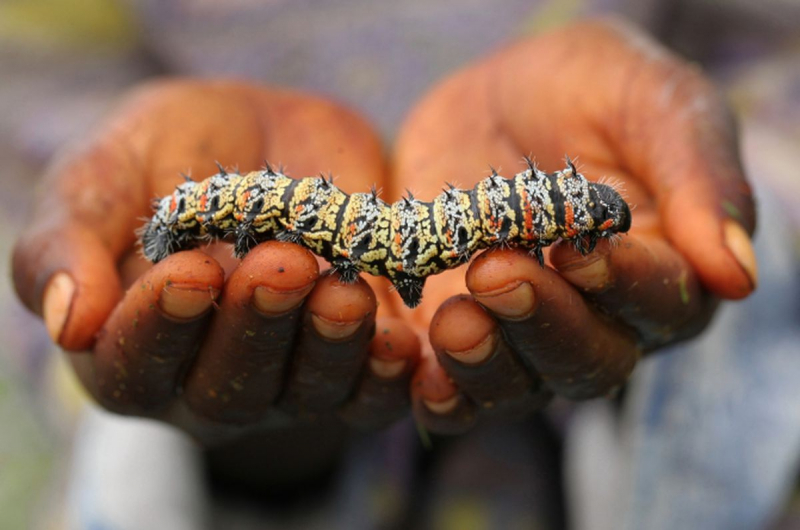
Source: NY Daily News 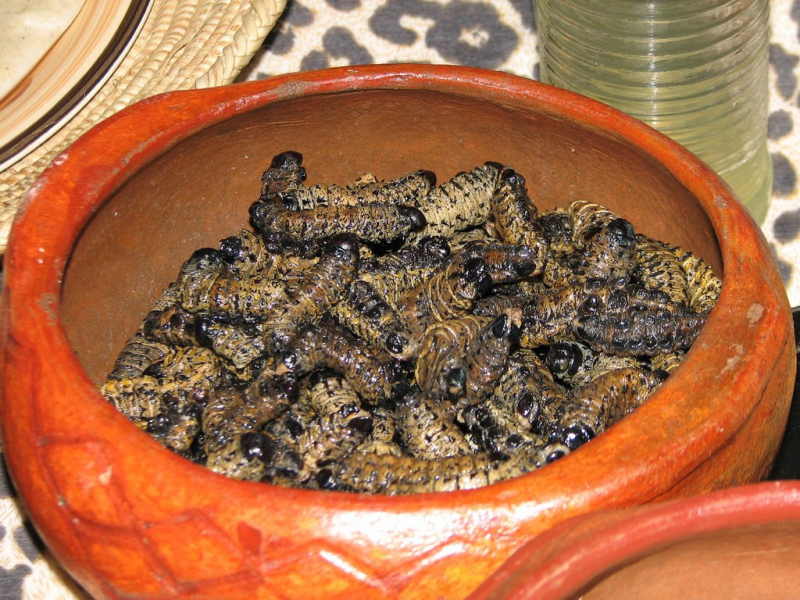
Source: Cultural Trip -
Sadza is a sumptuously delectable by-product of Zimbabwe's staple crop - maize. To begin, maize is pounded into a fine powder called cornmeal. Then, to create Sadza, you should heat water and combine it with a cornmeal paste, allowing the mix to simmer for a bit. Then, add more cornmeal flour to make it firmer.
The ultimate result will be a boiling hot mountain that pairs well with chicken or beef stew and any green vegetable. Also, Sadza may be coupled with mopane worms. When rinsed down with a cup of ice cold water, the effect is incredible. In some cases, Sadza may also be prepared using rapoko. The end product is a dark brown pap, or porridge, that can be shaped. It might be served with tripe, roasted pig, or any of Zimbabwe's renowned stews, such as chicken or beef.
Steps to make Sadza:
- Step 1. Using a ladle, combine the corn flour and room temperature water until the wheat and water are fully combined.
- Step 2. Bring the mixture to a boil over medium heat. Stir constantly until the Pap forms. Allow the Pap to simmer for a few more minutes.
- Step 3. Once the porridge is cooked, add more corn flour. Mix continually with a ladle until the porridge reaches the required consistency.
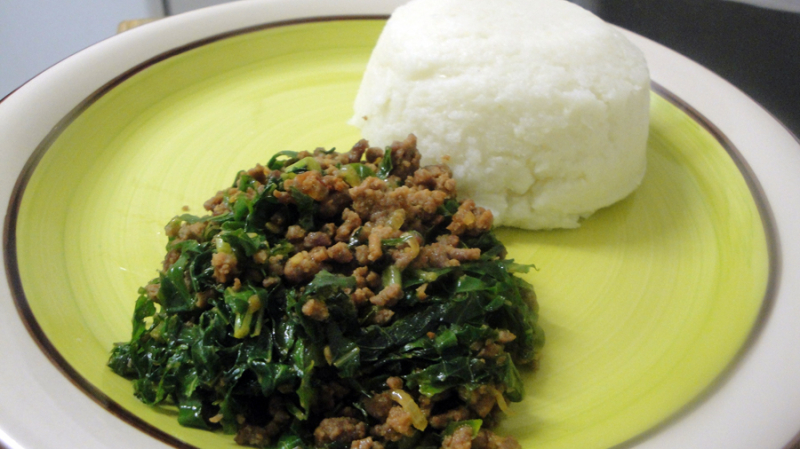
Source: ZimboKitchen 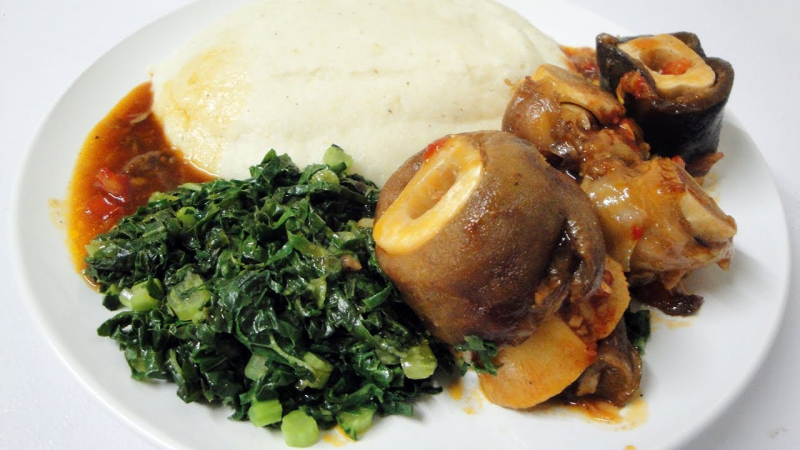
Source: Youtube, ZimboKitchen -
The term Derere itself is an onomatopoeia in Shona. To be more precise, Derere is an unique okra-based supper that is strongly praised by medical professionals. The meal is protein-dense and serves as an appetizer. It is an excellent choice for individuals who often feel ill and unhealthy.
Derere is available in both leafy shapes or as small rings cut from the calamari pod. When cooked, the Derere is visually beautiful and wonderful in taste.
Steps to make Derere:
- Step 1. Prepare pumpkin leaves by slicing derere (okra). Tomatoes and onions should be chopped.
- Step 2. Bring 14 cup water to a boil and throw in baking soda and salt. Reduce heat to medium-low and add all the veggies to the saucepan.
- Step 3. Bring the water to a boil. Then begin gently squeezing the veggies with a spoon. The pounding would prevent the veggies from overflowing. Carry on in this manner for roughly 10 minutes.
- Step 4. As the derere(okra) cooks, it will begin to change color.
- Step 5. Serve immediately with sadza or rice.
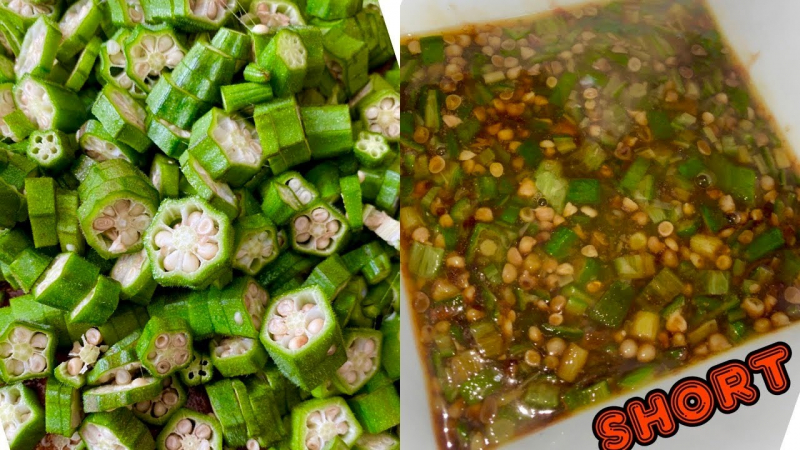
Source: Youtube, MrsBickS & Family 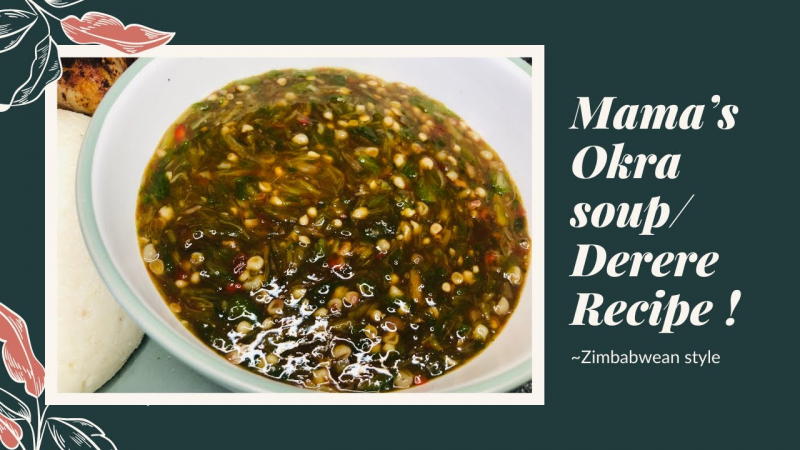
Source: Kue Kooks -
Have you ever considered combining two good wines in a single bottle? Can you fathom the ferocity in your mouth? That is the exact way in which this Mutakura supper should be consumed. Mutakura is produced from a combination of millet, groundnuts, and cow-peas, with the addition of nuts on occasion.
One should boil and season the ingredients. Mutakura offers a fantastic feast for tourists as a full meal. It just requires a cup of water to be all washed down.
Steps to make Mutakura:
- Step 1. Assemble the components.
- Step 2. Begin by soaking the peanuts and bambara nuts. Do so separately in lukewarm water for at least 13 hours or overnight.
- Step 3. Once done with cooking, strain the bambara nuts. After that, add 1 teaspoon of salt and 1 cup of water. Bring to a boil, then reduce to a low heat and continue to cook for 50 minutes.
- Step 4. At this time, strain the bambara beans. Then add the nuts, leftover salt, and extra water. Continue boiling for roughly 80 minutes.
- Step 5. Once the cooking procedure is complete, test for the spice flavor, and check to see that the beans and peanuts are well cooked.
- Step 6. Serve as a side dish or snack.
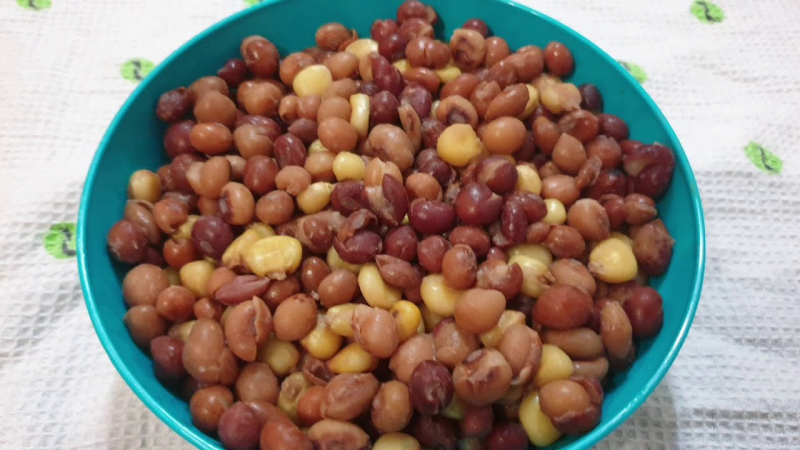
Source: Youtube, Cook with Terry 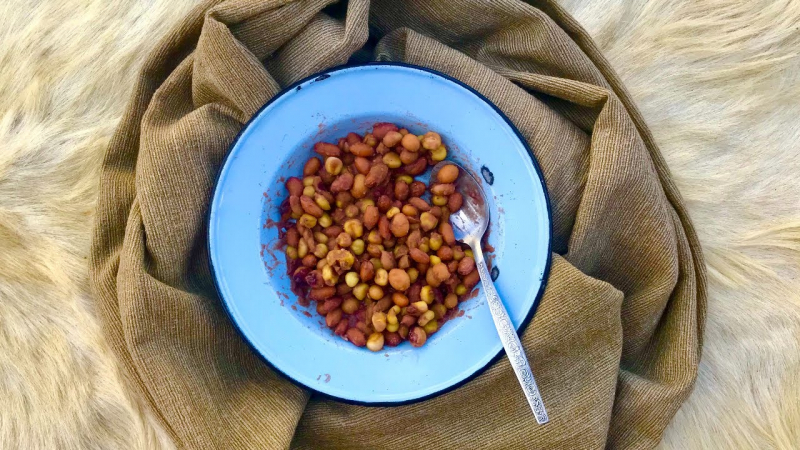
Source: Youtube, Magriza Made Me Cook -
Rice and almond butter (Mupunga Une Dovi) is a traditional treat across many Zimbabwe's ethnic groupings. Even better, sometimes you can enjoy this dish with unprocessed rice. That way, it can retain all of its inherent tastes.
Mupunga Une Dovi is served with a chicken stew or beef, a salad, or simply as a snack throughout the day. The final result should be compact, yet juicy and seasoning-rich.
Steps to make Mupunga Une Dovi:
- Step 1. Prepare the rice according to the package directions, but get rid of the oil.
- Step 2. Continue cooking by adding 1/2 glass of water, along with the peanut butter. You might want some minor overcooking of your rice.
- Step 3. Cover the pan and heat for about 10 minutes, or until the peanut butter is smooth.
- Step 4. Stir in the butter with a flat spoon or mugoti. Do so until the grains are thoroughly coated with the peanut butter.
- Step 5. Reduce to a low heat and cook in covered pots for 10 minutes, or until you think it is ready to be served.
- Step 6. Serve the dish, either over your favorite stew or sauce or on its own. The following morning, it can be served cold with a cuppa tea.
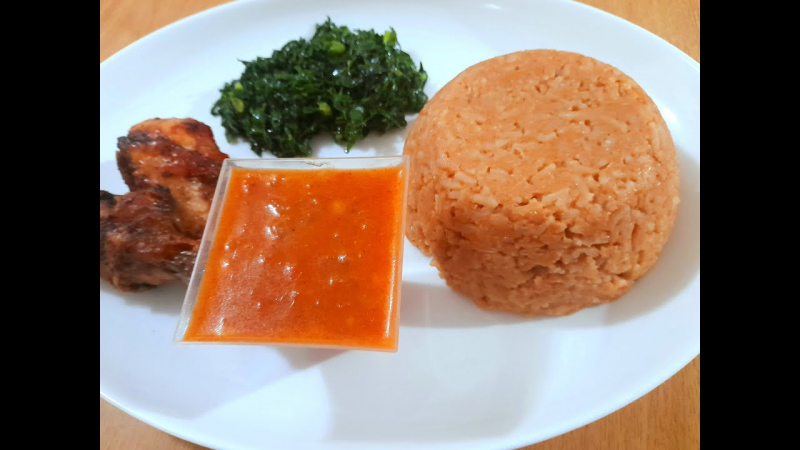
Source: Youtube, TheKitchenRod 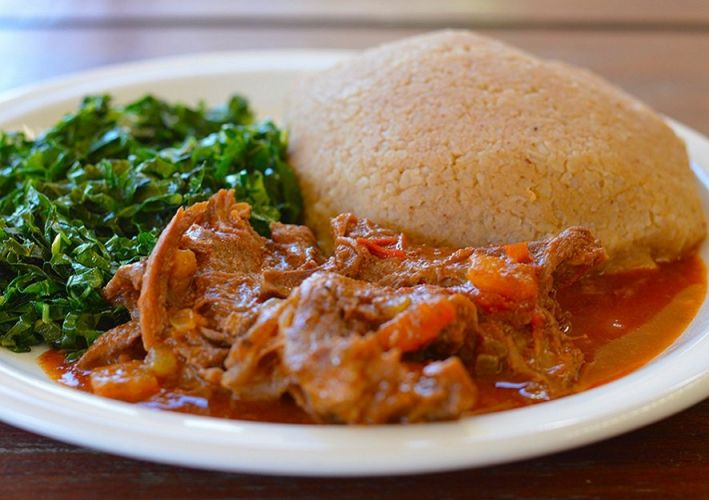
Source: DBL Prime -
Mhandire is a novel snack that takes just fifteen minutes to create. It consists of roasted maize and groundnuts that have been salted and softened with a little oil or butter. Water and salt may be added during the process as well.
Historically, Mhandire was created to spruce up nightly campfire storytelling sessions under the full moon. Hence, many people consider it a delicious snack that they would want to share with family or friends. Mnhandire is often consumed by more than two people from one single metal or plastic bowl.
Steps to make Mhandire:
- Step 1. Before we start, soak your chibage in salt water for at least a day. The next three days, soak it in regular water, replacing it daily with new water.
- Step 2. Drain the water completely after the soaking time. Heat the pan for a minute. Then combine the corn and a pinch of salt, and stir/toss it till golden brown.
- Step 3. Finally, stir in the groundnuts. Continue tossing/stirring for a further 3 minutes. Enjoy your delicious meal!
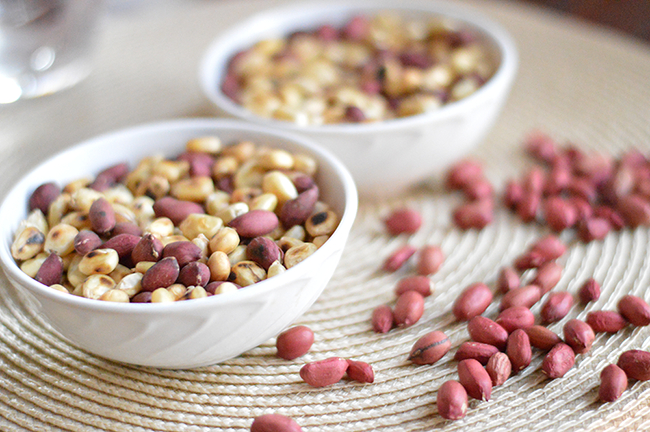
Source: ZimboKitchen 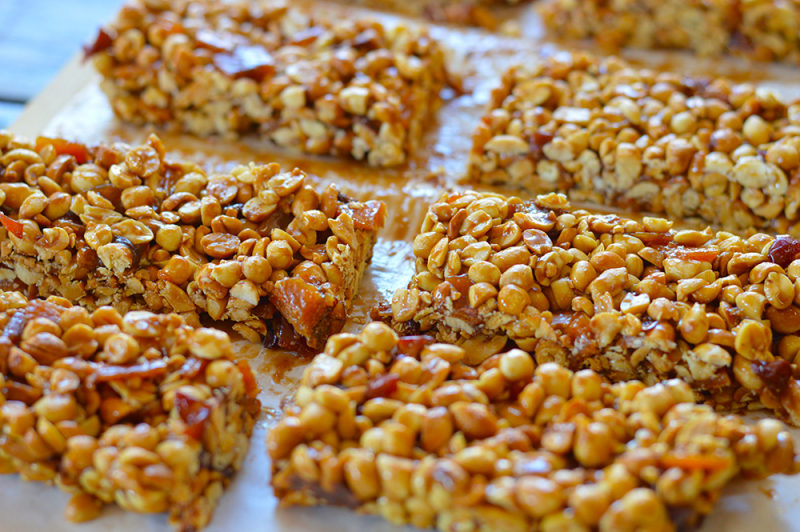
Source: ZimboKitchen -
Gango is a succulent dish, exemplifying the best meats in the world. A typical Gango recipe might include chicken entrails such as intestines, liver, and gizzards. Sometimes, a mixture of beef and pork with vegetables is ideal as well. Over a large fire, a hot and huge flat pan should be well oiled. Then pieces of meat will be added at various stages depending on the cooking time.
Gango is often an outdoor pleasure that brings family members together on a pleasant Sunday afternoon.
Steps to make Gango:
- Step 1. Bring gizzards to a boil and throw in some chicken feet. Cook until the vegetables are soft.
- Step 2. Add the oil and chicken livers. Stir constantly until browned.
- Step 3. Stir in onions and peppers for a minute. Combine the spices and garlic in a small bowl.Stir them in the kale or rapeseed greens until wilted.
- Step 4. Season the mixture with sea salt and freshly ground pepper.
- Step 6. Serve with rice or sadza immediately.
- Note: Feel free to substitute any kind of meat.
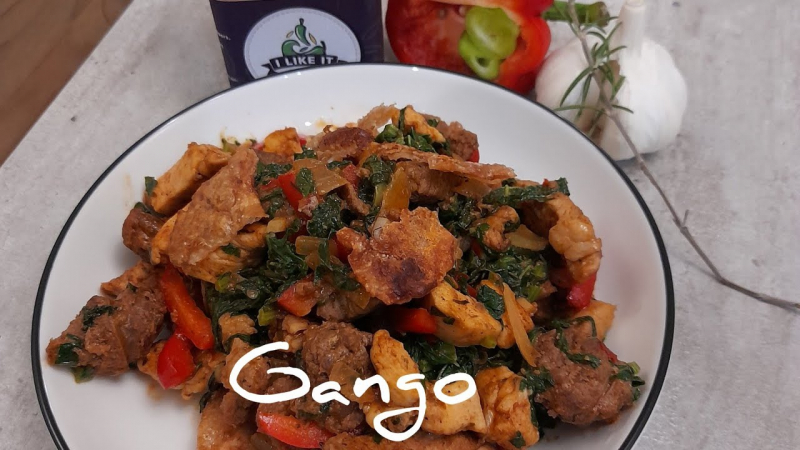
Source: Youtube, Curious Cea 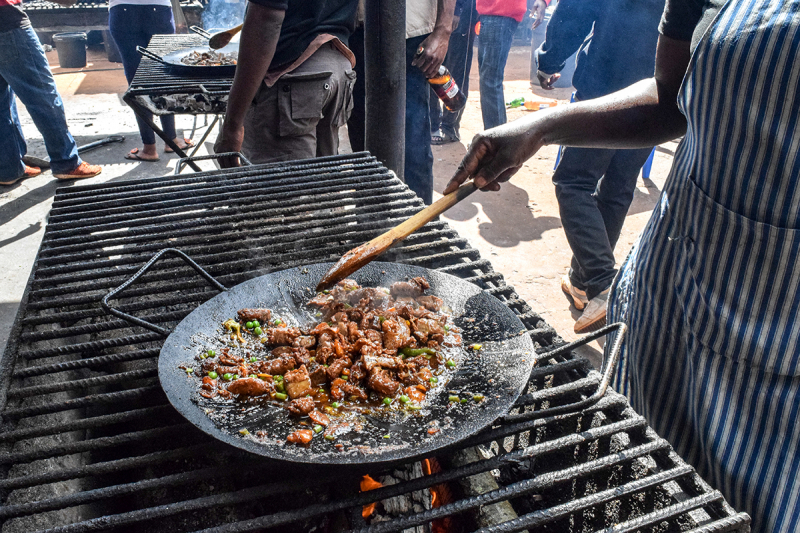
Source: Global Press Journal -
Nhopi is often prepared by grandmothers for their grandkids during school vacations in rural regions. Hence, the dish has long been referred to as a symbol of love and tenderness.
All in all, Nhopi’s recipe is very straightforward. To make the dish, you should cook the peeled pumpkin until soft, then add some milk and peanut butter for a nutty flavor. The dish bestows a new aspect of meaning for the term "traditional" in Zimbabwe.
Steps to make Nhopi:
- Step 1. Bring a glass of water to a boil. Cook the pumpkin until soft, then squash it with a fork.
- Step 2. Do not discard the water; instead, combine it with the salt, peanut butter, ginger, and cinnamon in a medium bowl. Reduce to a low heat, cover the pan, and then let the butter simmer for around 3 minutes.
- Step 3. Mash the pumpkin for smooth consistency. For this step, many people prefer to use a classic whisk.
- Step 4. Continue to cook for about five minutes longer and serve immediately.
- Step 5. This recipe is not fixed in any way. You may increase the amount of peanut butter if desired. Also, if the pumpkin or squash isn't sweet enough, you can add more sugar too.
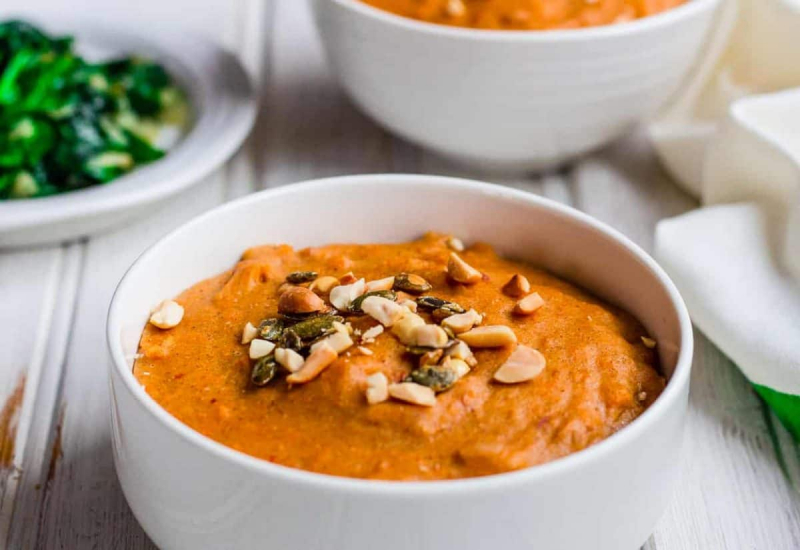
Source: eat well abi 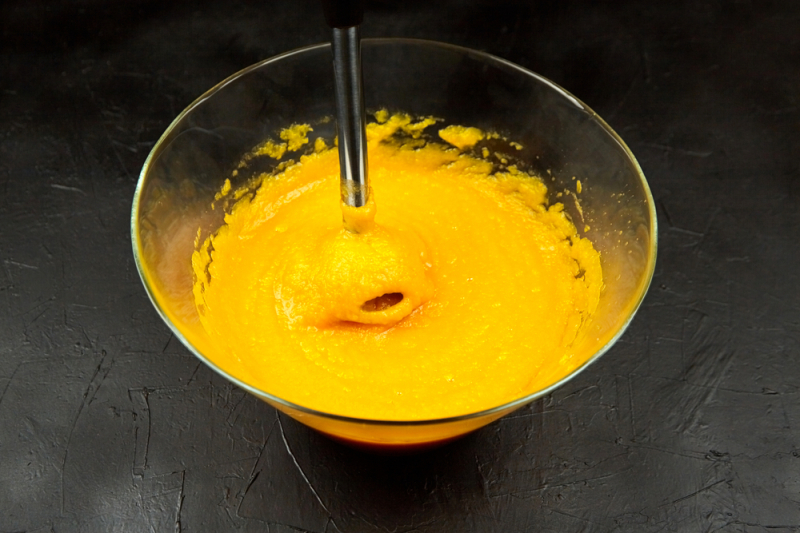
Source: Cultured Chef -
This baked Chimodho is a famous dish in Zimbabwe. It is a particular favorite for many people, loaded with childhood memories. It is often made with flour, a little maize wheat blended with sugar and salt. Sometimes the butter can be thrown into the mix as well if you have enough money to buy it.
This dough then should be put in a pan that has been lined with charcoal. The bread will swell to develop a delectable brown crust on the top, and a massive crack in the center.
Steps to make Chimodho:
- Step 1. Preheat the oven to 300 degrees Fahrenheit/180 degrees Celsius.
- Step 2. Prepare all of the ingredients and place the milk in a jar.
- Step 3. Whisk together the oil and egg in the buttermilk. Once done, leave it aside.
- Step 4. In a large mixing basin, stir together the following ingredients: baking powder, all-purpose flour, cornmeal, baking soda, and salt. Add sugar after that, then continue to whisk till blended.
- Step 5. Create a small hole in the center. Pour the buttermilk, egg, and oil mixture into the bowl with the dry ingredients. Mix well until they are combined..
- Step 6. Once the batter is prepared, prepare your baking pan.
- Step 7. Grease and flour your baking dish. Pour the mupotohayi dough into the prepared pan. After that, bake for approximately 45 minutes, or until the skewer inserted in the center comes out clean.
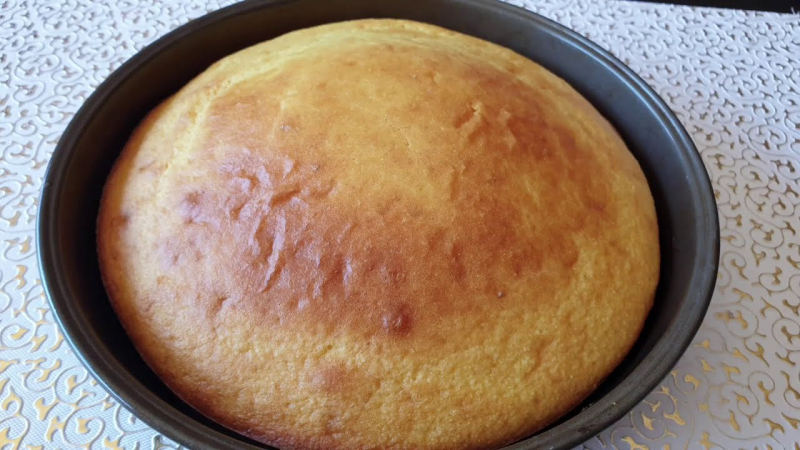
Source: Youtube, Cook with Terry 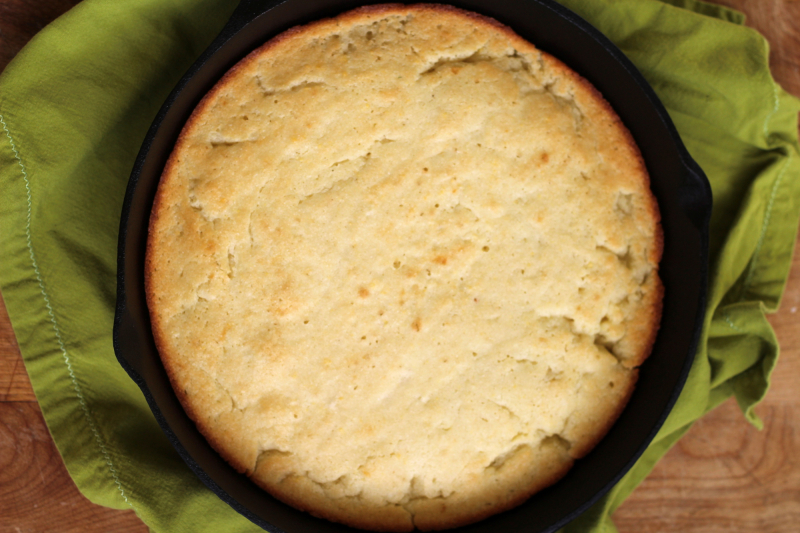
Source: Princess Tafadzwa -
While typical dried foods are not really that good, Zimbabwean sun-dried green vegetables have an unmistakable and unique flavor.
In Mufushwa, one can choose any type of leaves they prefer. It might be butternut squash leaves, covo leaves, cabbage leaves, jack leaves, or pumpkin leaves. Then, they would be dried until their texture becomes crispy. After that, they are fried and boiled with onion and tomatoes. Mufushwa is an excellent accompaniment to sadza.
Steps to make Mufushwa:
- Step 1. In a saucepan, combine the mufushwa, water, and bicarbonate of soda.
- Step 2. Cover the saucepan partially with a lid and bring to a boil. Cook until the mufushwa is tender and not crunchy anymore. This may take some time, perhaps 2 hours in heavy heat.
- Step 3. Place the mufushwa in a sieve. Rinse it under hot running water to remove any remaining debris.
- Step 4. In a skillet, heat the oil. Add the rinsed mufushwa, and fry for approximately a minute.
- Step 5. Add some salt. Then cook for one or two more minutes.
- Step 6. Stir in the peanut butter. Add a little water and cover the saucepan. Then lower to a minimum heat, and cook for 3 minutes or more.
- Step 7. You are now ready to eat your mufushwa with butter. Enjoy it alongside sadza.
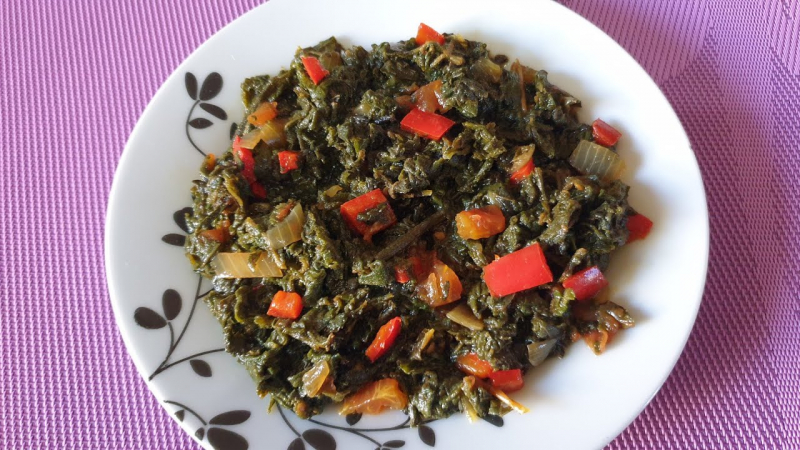
Source: Youtube, Cook with Terry 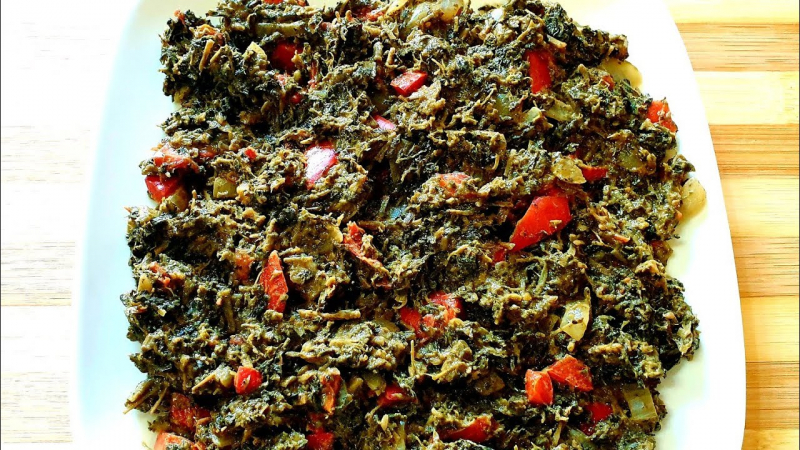
Source: Youtube, Cook with Terry












